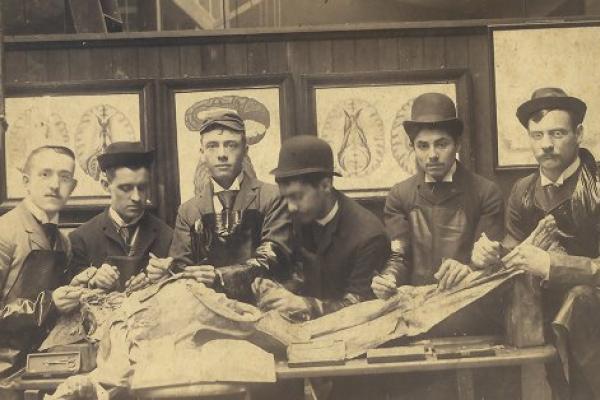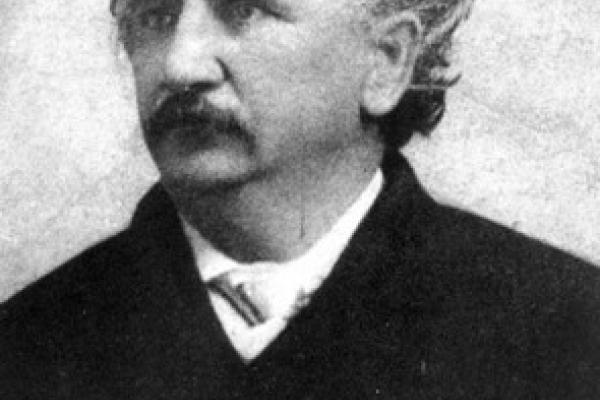Advanced Search
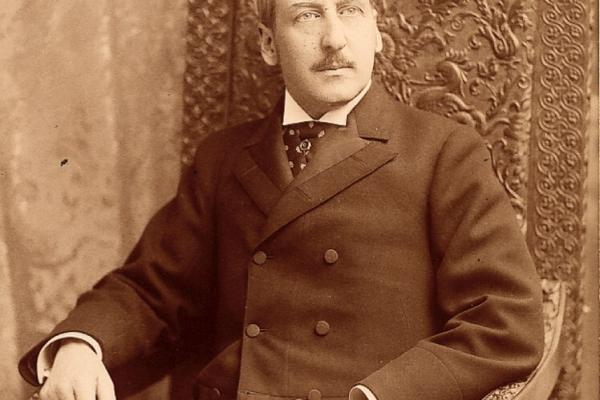
Dr. William Pepper, University Provost and force behind the creation of the Commercial Museum and Free Museum of Science and Art of the University of Pennsylvania.
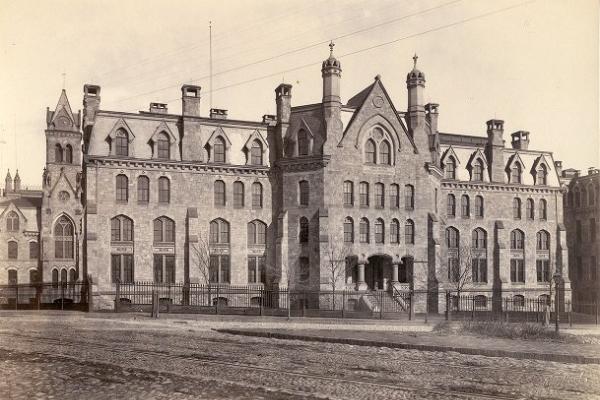
Medical Hall (later Logan Hall, now Claudia Cohen Hall), built in 1873 as the second building on the University of Pennsylvania’s West Philadelphia campus. The Wistar and Horner Anatomical Museum occupied a portion of the top floor of Medical Hall prior to the opening of the Wistar Institute building opposite Medical Hall in 1894.
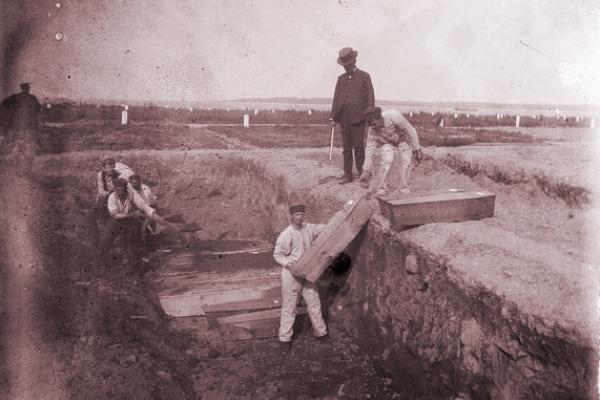
Unidentified or unclaimed bodies are laid side-by-side for burial in a trench in New York City’s Hart Island potter’s field, euphemistically called the City Cemetery, ca. 1890. This image serves as a proxy for the trench burials in the Blockley potter’s field.
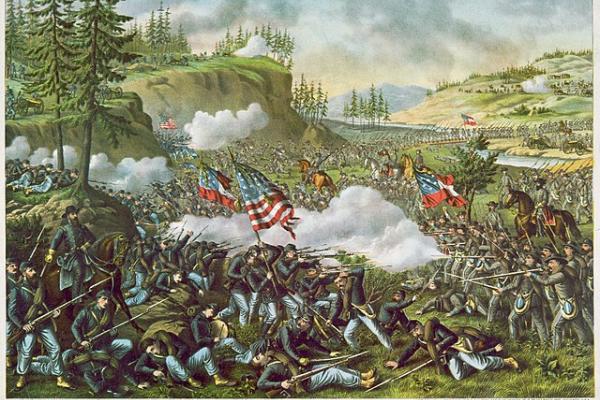
The aftermath of the Civil War weighed heavily in the 1876 Centennial celebrations. An explicit purpose of the Centennial Exposition was postbellum reconciliation of the former belligerents. The Exposition took place at the very moment southern white “redeemers” were completing their seizure of state legislatures in the name of white supremacy, an activity that the Exposition’s leaders chose to ignore. Accordingly, black people were excluded from the Exposition’s vision of “The Union One and Indivisible.”
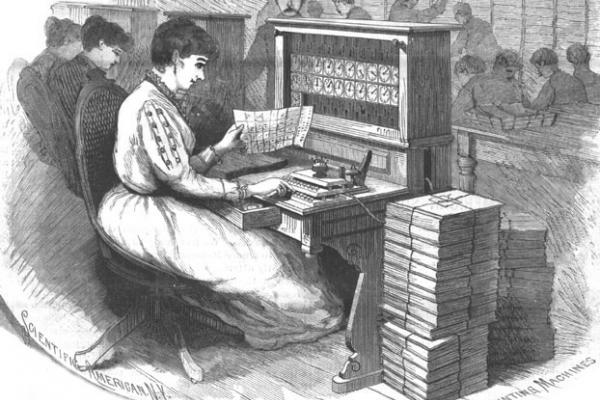
The 1890 Census included social, health, and economic indicators for the first generation of emancipated African Americans in the South, as well as indicators of the status of African Americans living in the North. Anti-black race-writers interpreted these indicators as evidence that African Americans were a “diseased and dying” population group. High incidences of contagious diseases, particularly tuberculosis, and high rates of criminal incarceration among African Americans were casually and falsely assumed to be indicators of biological inferiority. The anti-Black race-writers gave no consideration to the alternative explanation, today accepted as fact by leading historians and sociologists, namely that discriminatory housing, health, employment, and policing policies and practices were the source of the negative trends recorded in the census.
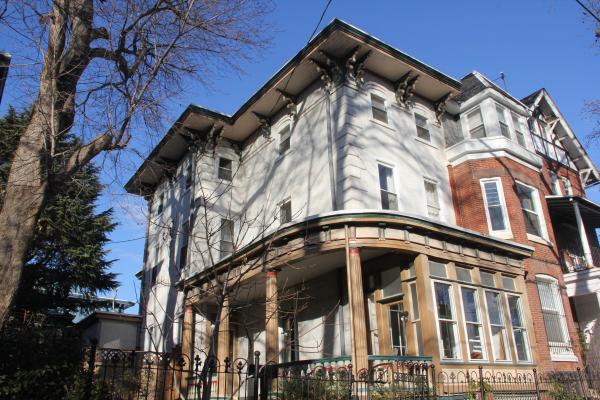
Thomas E. Miller and his wife, Anna, resided in this house at 3405 Hamilton Street in Powelton, which they purchased in 1921 and shared with their daughter Pansy and her husband, Dr. Charles W. Maxwell
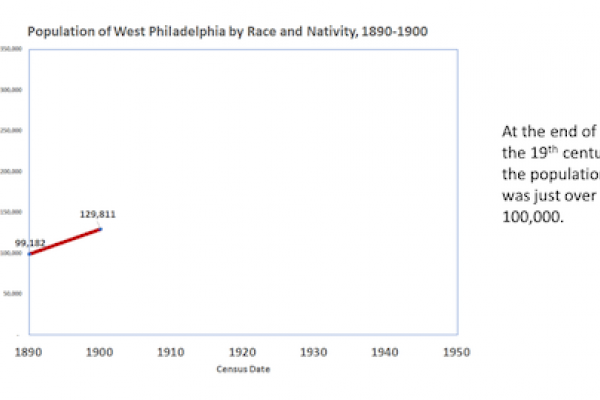
At the end of the 19th century, the population of West Philadelphia was just over 100,000.
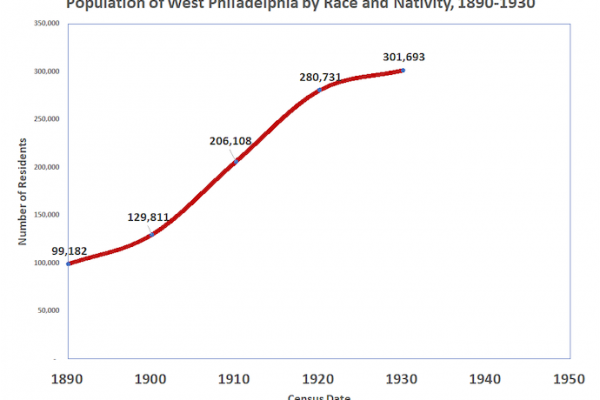
Between 1900 and 1920, West Philadelphia’s population more than doubled. In 1930, it leveled off at three times the population in 1890.
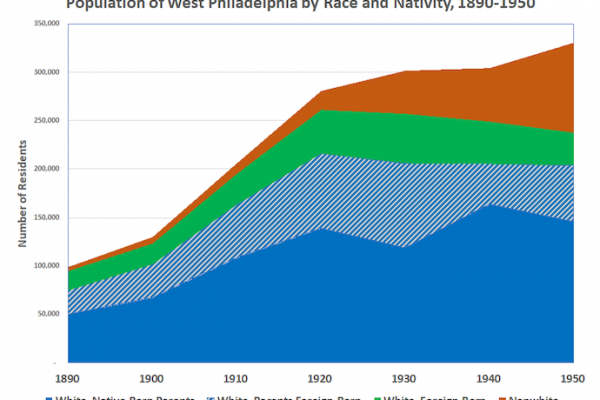
After World War II, West Philadelphia’s white population began to decline, and the black population continued to increase.
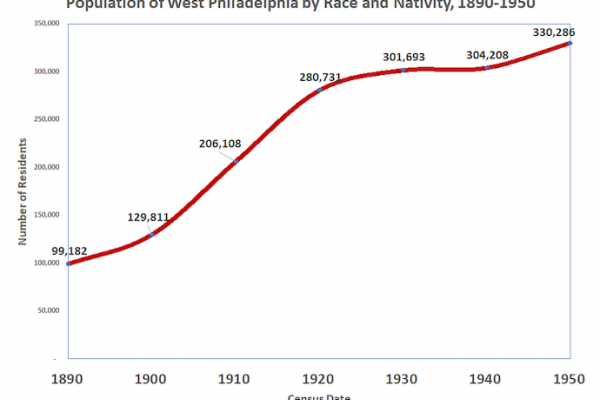
During this 60-year period, West Philadelphia’s population more than tripled—an average growth rate of 3.8% per year.
